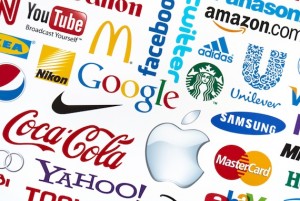What is marketing?
Marketing is the process of communicating the value of a product or service to customers, for the purpose of selling that product or service. It satisfies these needs and wants through exchange processes and building long term relationships by managing customer relationships in ways that benefit the organization and its shareholders. Sounds good right? Then why do why does most marketing stink?
The statistics provided by Michael Brenner does not paint a pretty picture.
- Consumers are bombarded with over 5,000 marketing messages a day, up from around 2,000 just a few years ago
- Two-Thirds of us are on the “Do Not Call List” to avoid telemarketing
- 86% of us skip TV ads
- 44% of direct mail is never opened and goes straight to the trash
- 90% of emails are never opened and 99.5% of emails receive no clicks
- 99.9% or more of banner ads receive no clicks
- Recent eye-tracking studies show 18-34 year-old millennials do not look at banners on the web pages they visit
So why does people just not pay attention or disregard marketing messages? Michael Brenner claims that because businesses no longer give what customers want, businesses mainly create what they think is good for the business. Instead, businesses should “consider content over advertising” and they will realize that marketing is about creating an emotional connection with their consumers. The best way to do that is to deliver to the customer what they need.
I agree with this because advertisements used to be something I watched all the time when I was a kid. Slowly I stopped paying attention because there were too many and it wasn’t giving me the information I needed. If I was interested in a product, I could just go online to search for it instead of watching a commercial. If marketers consider content over advertising I think it would greatly rebuild the connection between consumers and company.
Reference: http://www.b2bmarketinginsider.com/strategy/why-does-marketing-suck





